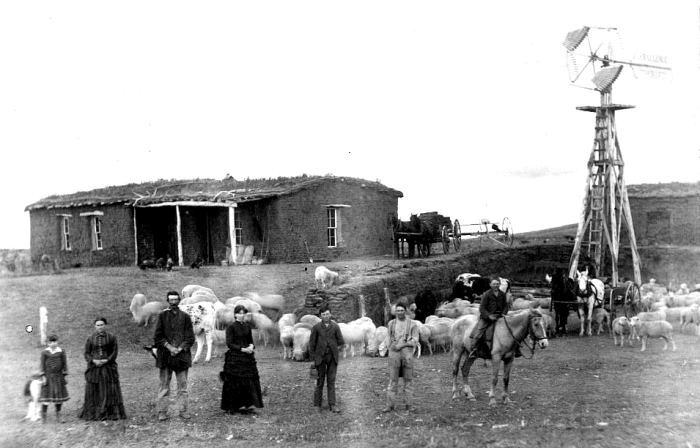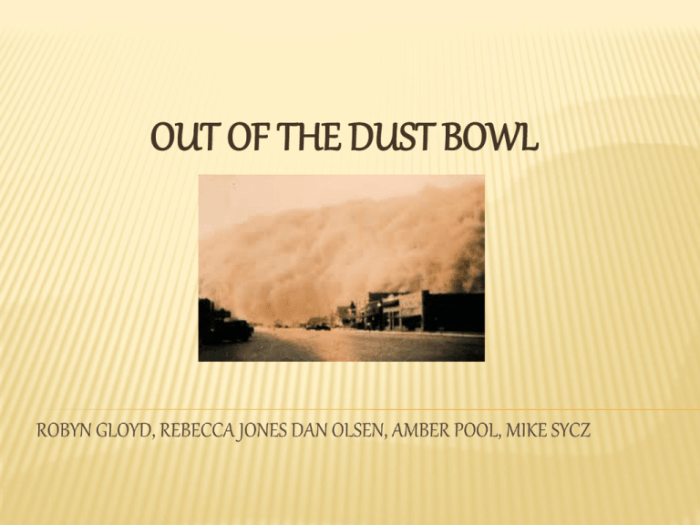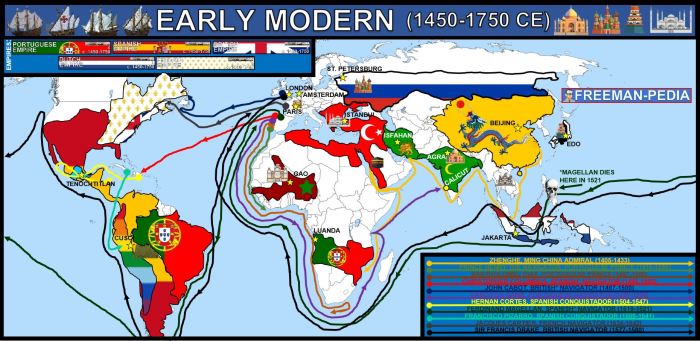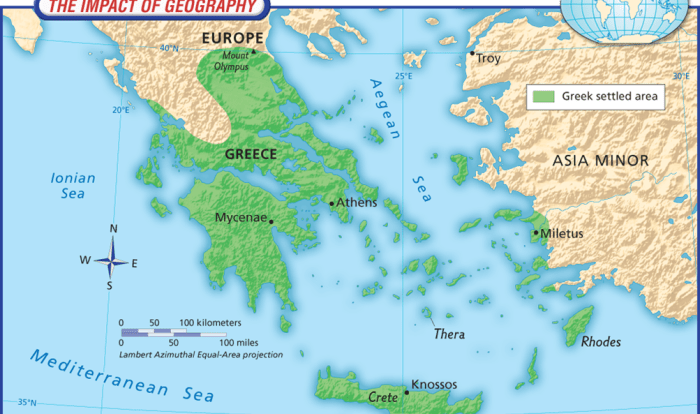Complete the following paragraph about the dust bowl. – Complete the following paragraph about the Dust Bowl: Environmental, Economic, and Social Impacts. The Dust Bowl was a devastating drought that struck the Southern Plains of the United States in the 1930s. It caused widespread soil erosion, crop failures, and economic hardship.
The Dust Bowl also had a significant impact on the social and cultural fabric of the region.
The Dust Bowl was caused by a combination of factors, including drought, overgrazing, and poor farming practices. The drought began in the early 1930s and lasted for several years. During this time, the Southern Plains received far below average rainfall.
The lack of rain caused the soil to dry out and become loose. High winds then picked up the loose soil and carried it away, creating dust storms that blackened the skies and caused widespread damage.
Environmental Impact of the Dust Bowl: Complete The Following Paragraph About The Dust Bowl.
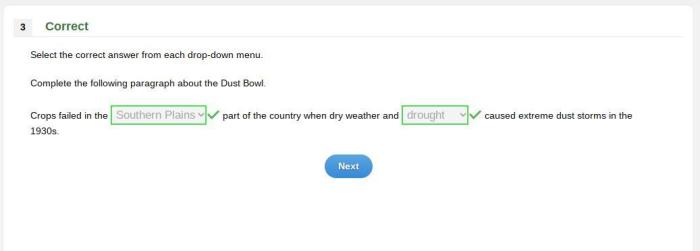
The Dust Bowl had severe environmental consequences, leading to widespread soil loss, crop failures, and disruption of ecosystems. The prolonged drought and strong winds caused massive erosion, stripping away the fertile topsoil that had been cultivated for decades. This resulted in the formation of enormous dust clouds that blackened the skies and traveled thousands of miles, causing respiratory problems and reducing visibility.
The loss of vegetation and the resulting desertification led to a decline in wildlife populations and a disruption of natural habitats. Water resources were also affected, as rivers and lakes dried up or became contaminated with sediment, further exacerbating the hardships faced by communities in the region.
Economic Consequences of the Dust Bowl
The Dust Bowl had a devastating economic impact on farmers and rural communities. The loss of crops and livestock led to widespread poverty and displacement. Farmers were forced to abandon their land as their livelihoods were destroyed, and many migrated to other parts of the country in search of work.
The economic crisis also affected businesses and industries that relied on agriculture, leading to further job losses and economic decline. The government responded to the crisis with relief programs and agricultural policies aimed at mitigating the economic impact, but the recovery was slow and difficult for many affected communities.
Social and Cultural Impact of the Dust Bowl, Complete the following paragraph about the dust bowl.
The Dust Bowl had a profound social and cultural impact on the people living in the region. The disaster disrupted families and communities, forcing people to relocate and seek assistance from government agencies and charitable organizations. The psychological and emotional toll of the Dust Bowl was also significant, as people struggled to cope with the loss of their homes, livelihoods, and way of life.
The disaster also had a lasting impact on the cultural identity of the region, as the Dust Bowl became a defining event in the history of the Great Plains.
FAQ Guide
What caused the Dust Bowl?
The Dust Bowl was caused by a combination of factors, including drought, overgrazing, and poor farming practices.
What were the environmental impacts of the Dust Bowl?
The Dust Bowl caused widespread soil erosion, crop failures, and water shortages. It also damaged wildlife habitat and vegetation.
What were the economic impacts of the Dust Bowl?
The Dust Bowl caused widespread economic hardship, leading to widespread poverty and displacement. It also led to a decline in agricultural production and a loss of jobs.
What were the social impacts of the Dust Bowl?
The Dust Bowl disrupted families and communities and led to a decline in morale. It also caused psychological and emotional distress.

